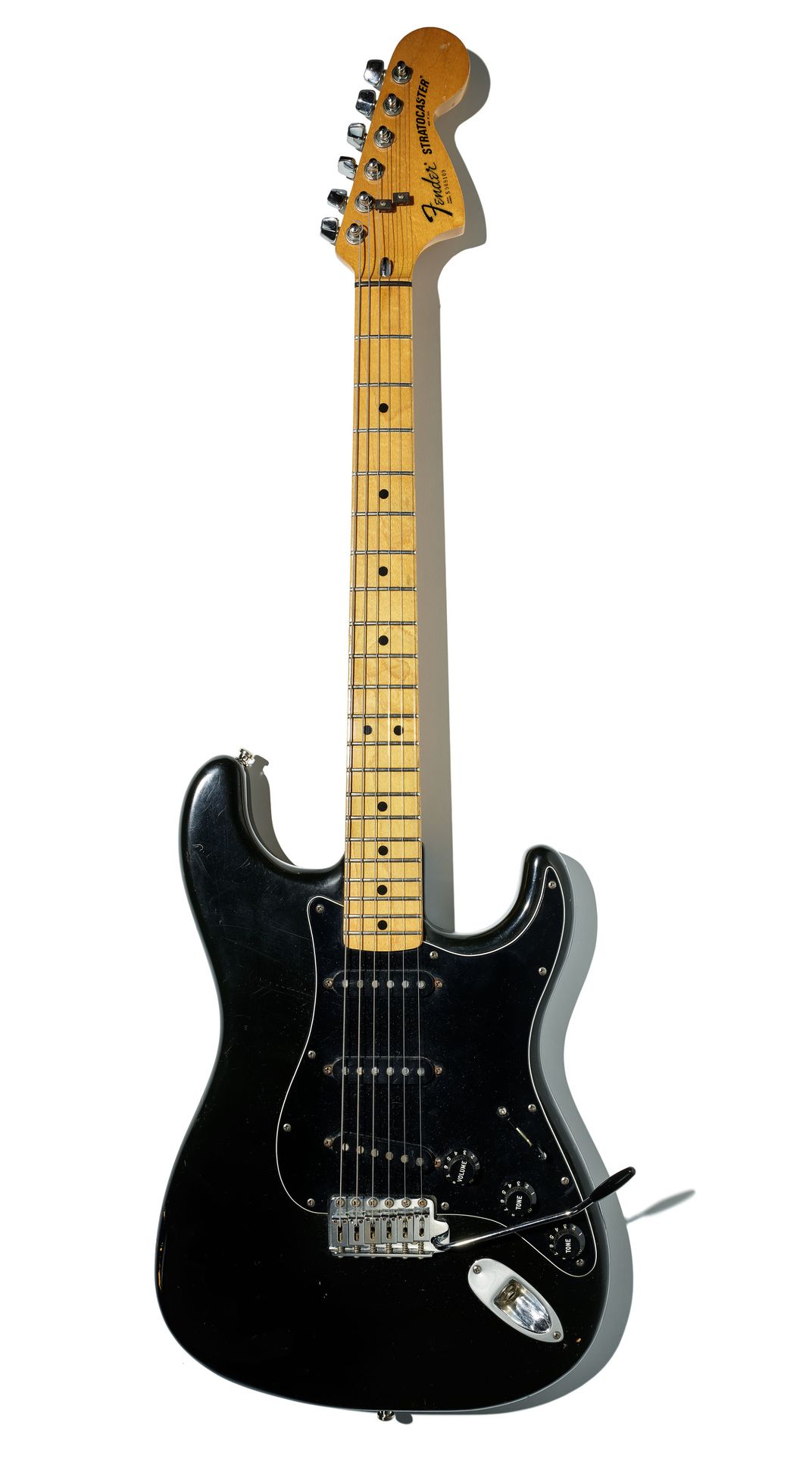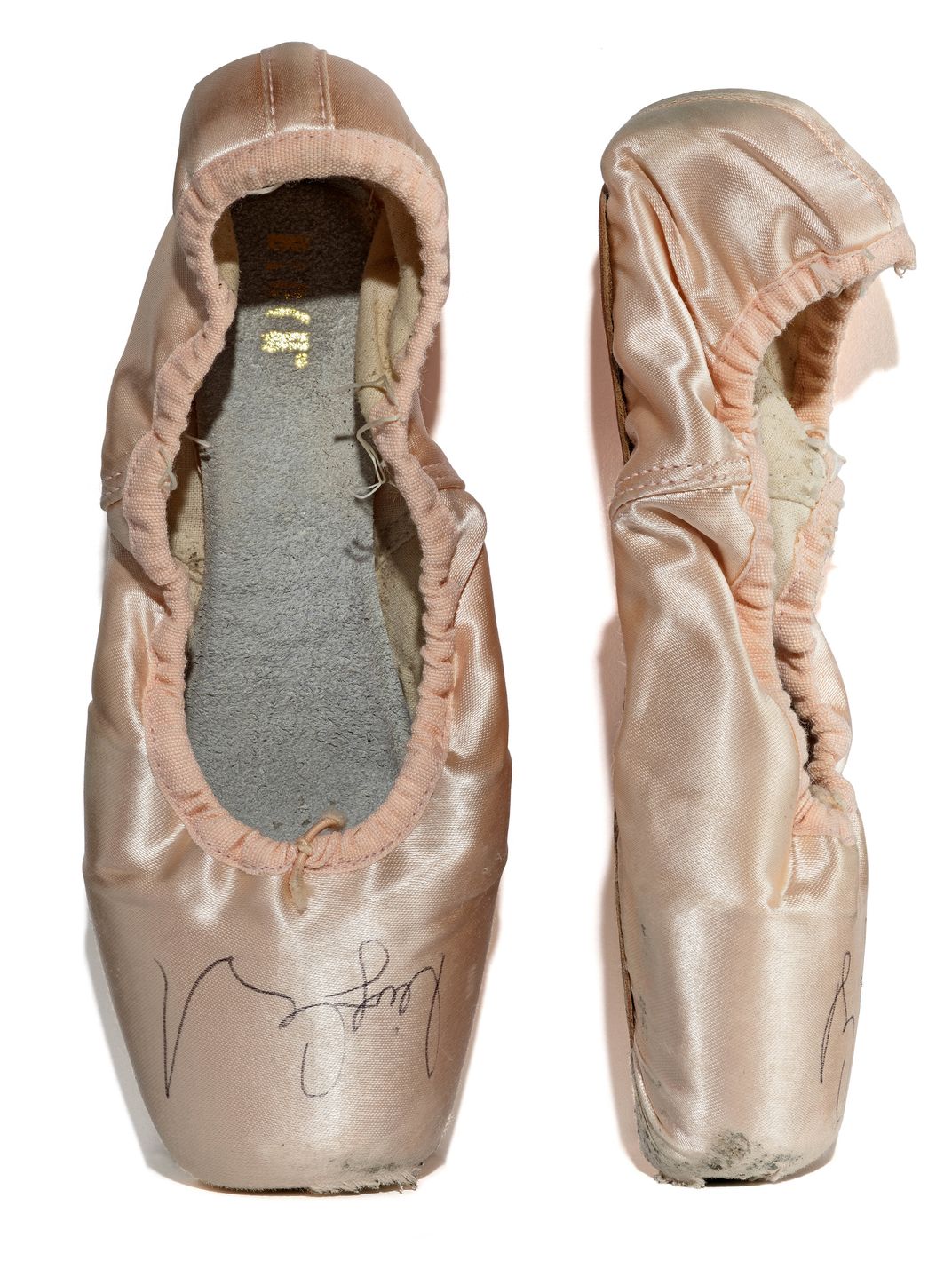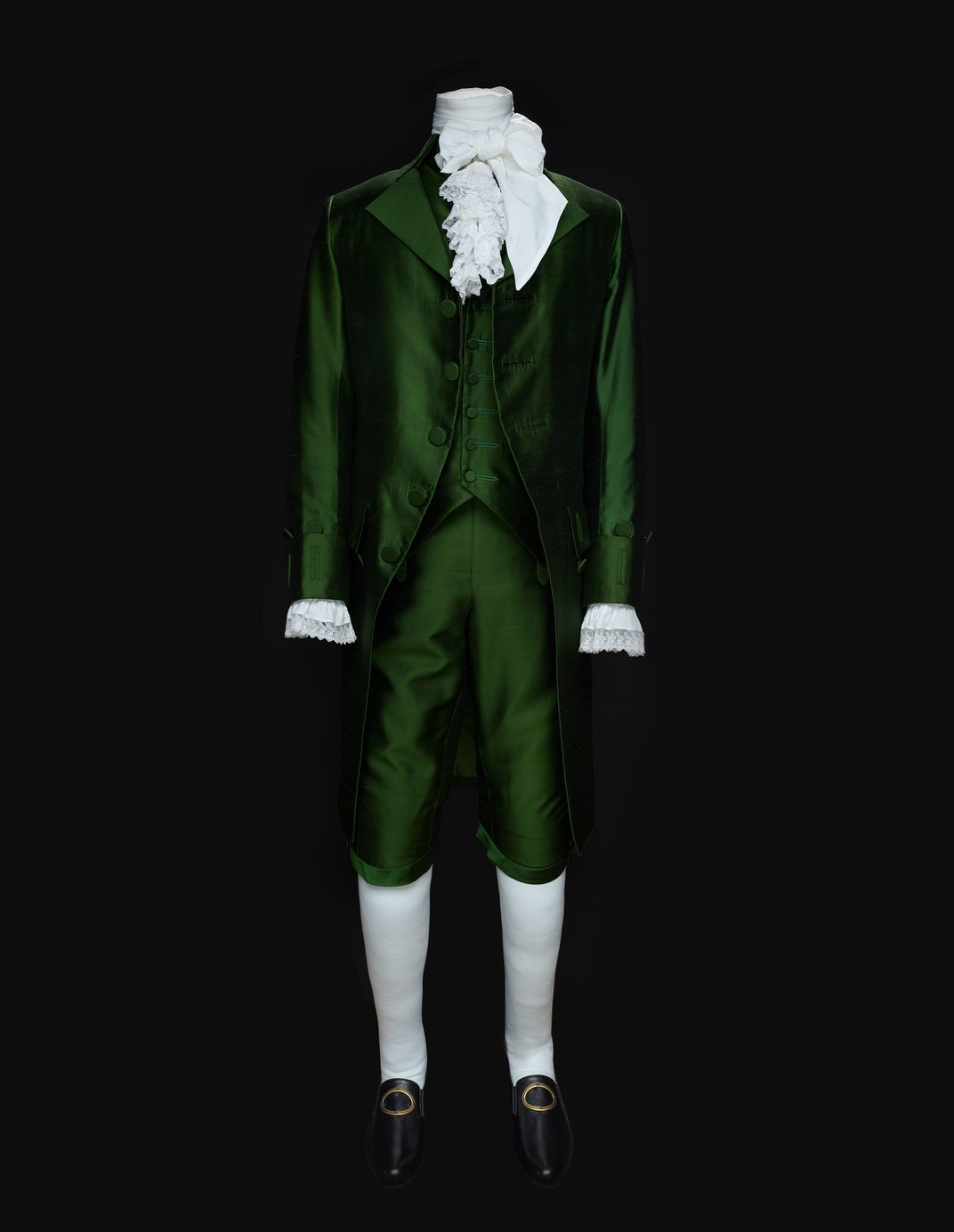These Signature Artifacts Embody the Giving Spirt of Artist-Philanthropists
From Misty Copeland to Lin-Manuel Miranda, a new Smithsonian display spotlights creators who have shaped communities
/https://tf-cmsv2-smithsonianmag-media.s3.amazonaws.com/filer/6f/6c/6f6c343f-3f17-4dd8-b9f2-62d93c163144/et2018-00636crop.jpg)
It's safe to say American artists—from rap musicians to pop artists—bring an incomparable influence to the shaping of our culture. While they engage in social and political commentary, American artists throughout history recognize they have an elevated platform from which they can use their voices to help improve society.
"Arts and artists are always ahead of change," says Kelly Pollock, executive director for the St. Louis-based Center for Creative Arts. "They shape the minds and hearts of our country."
Macklemore and Ryan Lewis' 2012 hip-hop single "Same Love"—a stirring anthem proclaiming support for gay marriage—brought the LGBTQ rights conversation into the mainstream. The 1996 musical Rent, brought attention to the struggles of the urban poor and the AIDS epidemic. Andy Warhol held a mirror to American consumerism, initiating a cultural phenomenon of finding beauty in the everyday. James Baldwin added his voice to the civil rights movement with storytelling that revealed systematic oppression, racism and the struggles of being black in America.
From the 1985 hit single "We Are the World," which raised funding for humanitarian aid in Africa, to Bono's unmatched philanthropic prowess, to Keith Haring's charitable donations to AIDS care, research and education, artists wield their financial power to affect change.
The ongoing exhibition, "Giving in America," at the Smithsonian's National Museum of American History recognizes the philanthropic contributions of Americans. And, now it includes "Giving in the Arts" with new artifacts that examine the unrivaled power of the arts to advance a cause—be it by raising awareness, money or practicing volunteerism.
"We hope to capture the way artists and the arts help us understand other causes, and how they give their time and talent to support them," says Amanda Moniz, the museum's curator of philanthropy.
The stately green silk suit costume designed by Paul Tazewell and worn by Lin-Manuel Miranda in Broadway's Hamilton: An American Musical, is on display for the first time. It represents the real-life story of Eliza Hamilton, who is remembered as the founder of America's first private orphanage, today known as child-welfare agency Graham Windham. The Hamilton cast and crew pay homage to Eliza's memory as volunteers and fundraisers for the organization.
A pair of ballet shoes worn by Misty Copeland tells a story of giving and giving back. Copeland, who first started dancing with the support she received from the San Pedro's Boys & Girls Club at age 13, now works as an ambassador to the same organization, and also mentors children through American Ballet Theater's Project Plié.
Sting's 1978 Fender Stratocaster guitar and a program from the 1985 Farm Aid concert honors the national and international philanthropic goals of those within the music industry. Willie Nelson, John Mellencamp and Neil Young famously raised funds for the event and gathered support for American family farms. Sting is widely recognized for co-founding the Rainforest Fund with his wife Trudie Styler to protect the civil, political, economic and cultural rights of indigenous and tribal peoples.
"What would the LGBT rights movement be without Tony Kushner? Or Larry Kramer?” said Darren Walker, the president of the Ford Foundation, in a keynote address at the museum's corresponding symposium "The Power of Giving: Philanthropy's Impact on American Life."
“What would the fight for immigrants be without Lin Manuel Miranda's Hamilton? Or the #MeToo, Time’s Up and diversity in Hollywood movements without A Wrinkle in Time and Black Panther," Walker asked.
Curator Moniz hopes the museum's display of artifacts sheds light on a different form of American giving—one that often receives less attention than the artist’s work itself. She also hopes “Giving in the Arts” inspires conversation about the importance of funding and supporting art and the humanities, as Copeland’s ballet shoes represent.
"The arts have the power to bring us together and help us bridge divides," says Walker. "By creating more understanding and empathy, together we can build a more just society. We must do all that we can to protect and promote the arts in America. "
"Giving in America," is on view at the Smithsonian's National Museum of American History in Washington, D.C.
/https://tf-cmsv2-smithsonianmag-media.s3.amazonaws.com/accounts/headshot/spengler_headshot.png)



/https://tf-cmsv2-smithsonianmag-media.s3.amazonaws.com/accounts/headshot/spengler_headshot.png)